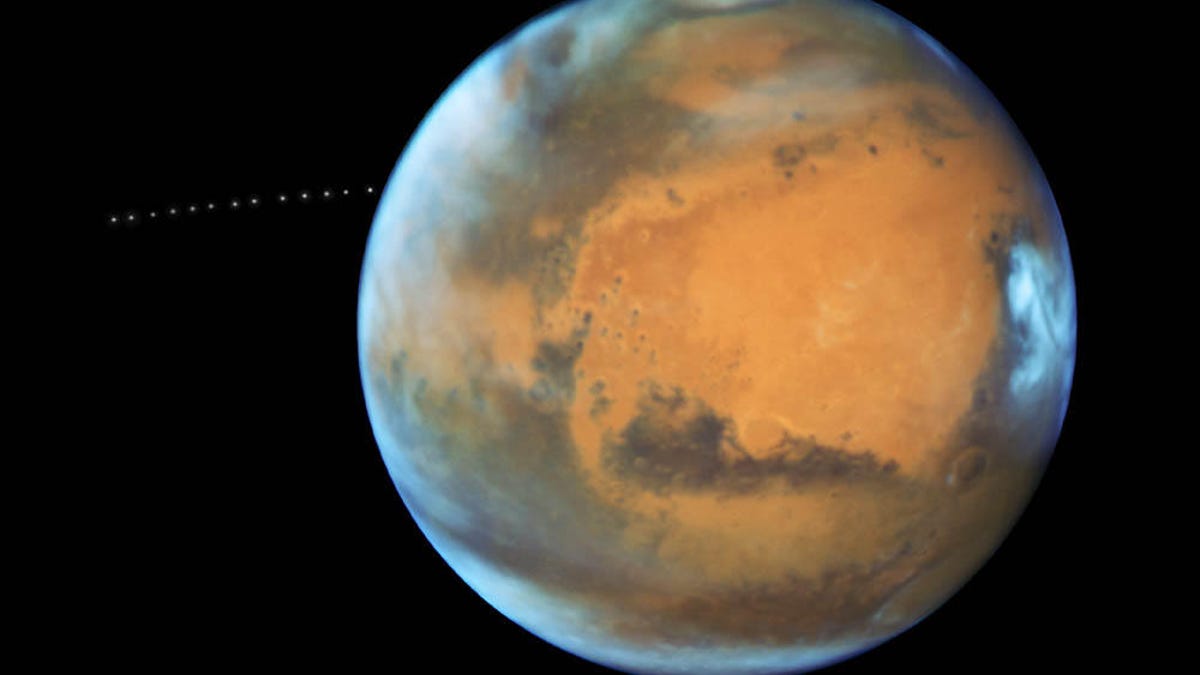Alien life on Mars might look like something here on Earth
If you want to know what might be able to survive the Red Planet, look no further than the nearest cow gut.

There may be invisible life just below the surface of the Red planet.
There are a number of ways conditions on Mars can kill life as we know it, but researchers have found at least one tiny species that can survive the Red Planet's wild temperature swings, lack of oxygen and very low atmospheric pressure.
If there is some form of life that's living, right now, on both Mars and here on Earth, it just might be the microscopic methanogen M. formicicum, which is a methane-producing microorganism that can be found in the guts of some cows, among many other places on Earth.
Researchers from the University of Arkansas subjected different species of methanogens to temperature swings between minus-80 and plus-22 degrees Celsius (112 degrees below zero to 71 degrees above Fahrenheit) like they might experience over a 48-hour period on Mars.
"The freeze-thaw cycling had little to no effect on the growth of this organism," Rebecca Mickol, a former graduate student at the Arkansas Center for Space and Planetary Sciences, said in a statement. "It didn't die. Some cells may have, but considering the amount of methane produced afterward, there were surviving methanogens."
Mickol is co-author of new research on the new findings published in the journal Planetary and Space Science.
Methanogens are of particular interest in the search for life on Mars because methane has been detected on our neighboring planet. They're also known to be able to survive extreme conditions, including both geothermal vents on the sea floor and in permafrost. The researchers describe them as "ideal candidates for extinct or extant life on Mars."
M. formicicum is particularly promising because it was the only methanogen that also showed active growth at very low atmospheric pressures of 50 and 100 millibar, which might exist below the surface of Mars. For comparison, the sea-level pressure on Earth averages 1,013 millibar.
"These experiments suggest that low-pressure environments on Mars may not be lethal to certain species of methanogens and increase the possibility of a habitable subsurface environment on the planet," the paper reads.
In other words, digging in the Martian dirt might yield some of the same organisms found on farms and elsewhere worldwide. Martian probiotics, anyone?
Crowd Control: A crowdsourced science fiction novel written by CNET readers.
Solving for XX: The tech industry seeks to overcome outdated ideas about "women in tech."

